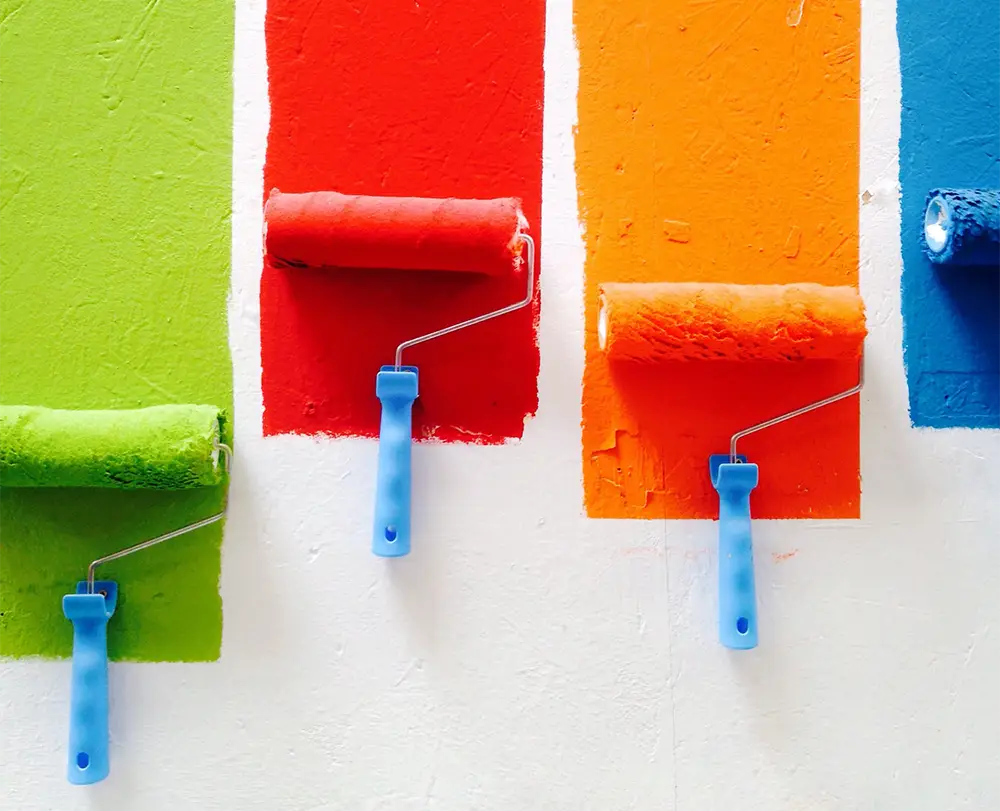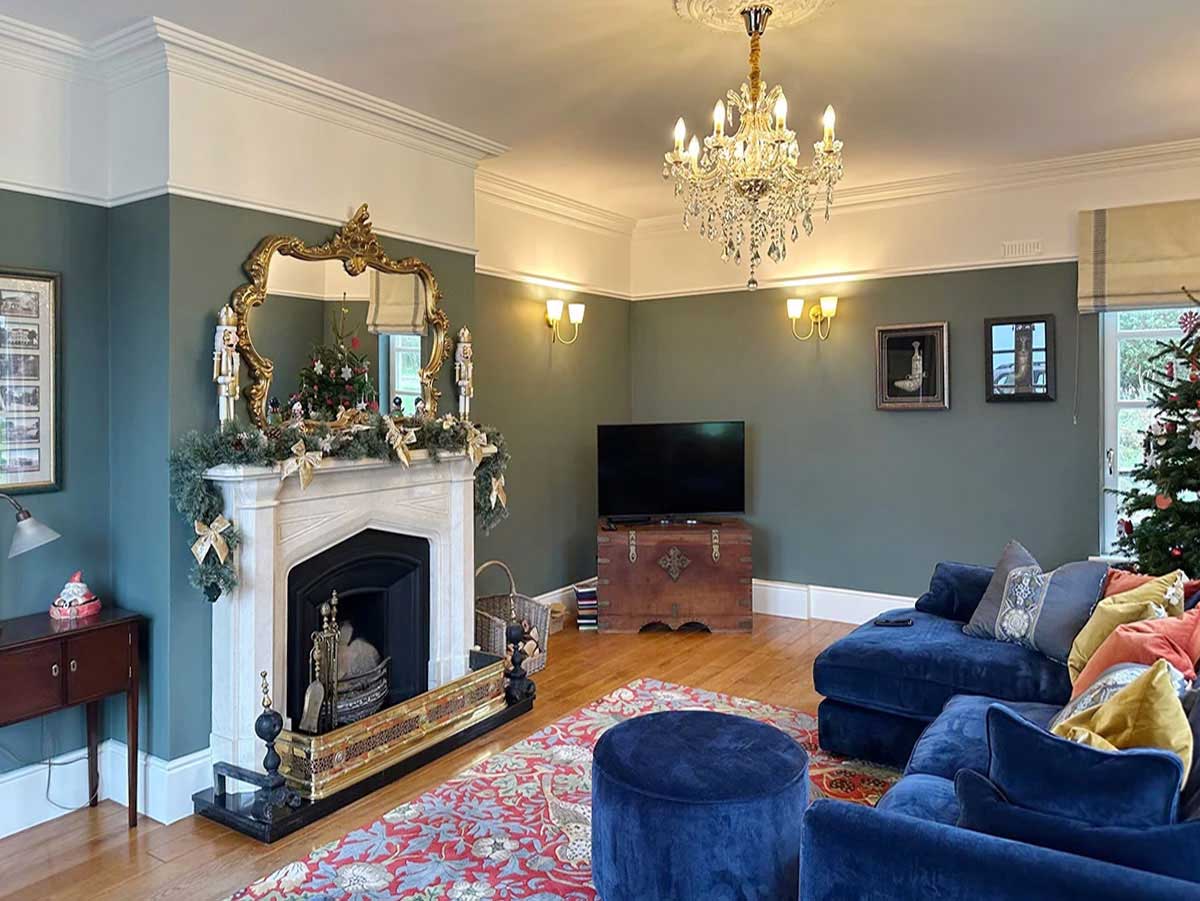Choosing the perfect paint colour for a room can be a daunting task, but with a little guidance, it can become much easier. Here
are some tips on how to choose the perfect paint colour for a
room:
1. Consider the mood you want to create: The colour you
choose for your room will set the tone for the space. Different
colours have different psychological effects, so think about the mood you want to create in the room. For example, blues
and greens can create a calming effect, while yellows and
oranges can create a more energising atmosphere.
2. Look at the lighting in the room: Natural and artificial lighting can affect how a paint colour looks in a room. Consider the direction of the windows and how much natural light the room
receives. If the room is darker, consider choosing a lighter
paint colour to make the space feel brighter.
3. Consider the style of the room: The colour you choose should complement the style of the room. If the room has a traditional style, you may want to consider warmer, more muted colours.
If the room has a more modern feel, you might want to consider bold, bright colours. This shows a Traditional style but you can add the bold colour up to the picture rail. I love creating this look in already north facing rooms.
If the room has a more modern feel, you might want to consider bold, bright colours. This shows a Traditional style but you can add the bold colour up to the picture rail. I love creating this look in already north facing rooms.
4. Use colour swatches: It can be helpful to bring home a few
colour swatches and see how they look in the room. Hold the
swatches up against the walls and observe how the colours change in different lighting conditions.
Consider painting the walls and the woodwork all in the same paint colour for a more cohesive design.
Consider painting the walls and the woodwork all in the same paint colour for a more cohesive design.
5. Have fun with shelves and add a lighter and a darker colour to add interest.
6. Go for drama. If you think the lighter colours are too clinical
add drama by adding a darker colour at the bottom and split with a sharp line. This is created using a laser. Very dramatic especially in rooms with extra high ceilings. Also keeps the dirty hand marks off the otherwise white wall
7. Don’t forget about the ceiling: The ceiling is often overlooked, but it can be a great way to add colour to a room.
Consider painting the ceiling a lighter shade of the wall colour to create a cohesive look. This is a clever use of colour. Using the darker shade in the corridor to the bedrooms really helps if the bedrooms are light colour coming from the darker tone to the light fills the adjoining rooms with even more light
Consider painting the ceiling a lighter shade of the wall colour to create a cohesive look. This is a clever use of colour. Using the darker shade in the corridor to the bedrooms really helps if the bedrooms are light colour coming from the darker tone to the light fills the adjoining rooms with even more light
8. Test a small area: Before committing to a colour, test a small area of the wall to see how it looks in the room. Paint a small section of the wall and observe how the colour looks in
different lighting conditions throughout the day. Don’t be
afraid to go outside the box a little with paint colours. These days there is nothing that can’t be painted there is so much choice out there for products that just need the one coat.
Match up with some co-ordinating wallpaper for that designer finish
Match up with some co-ordinating wallpaper for that designer finish
By considering these factors, you can select the perfect paint colour for your room. Remember to take your time and have fun
with the process!





